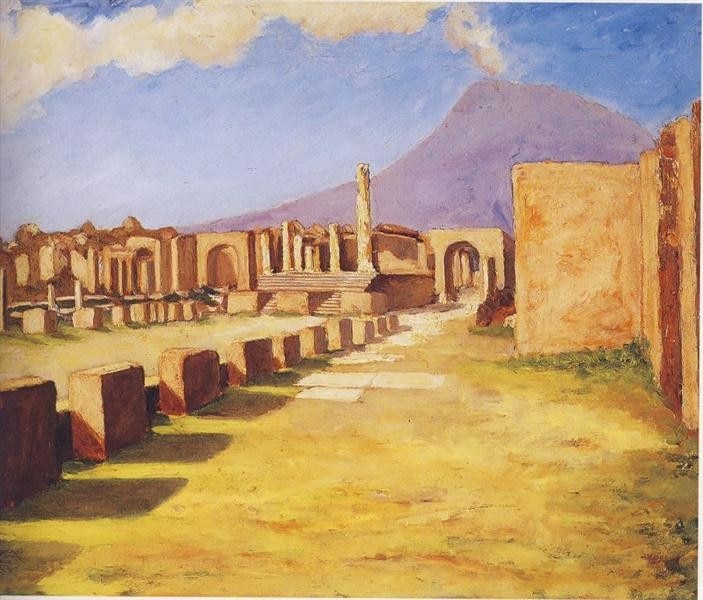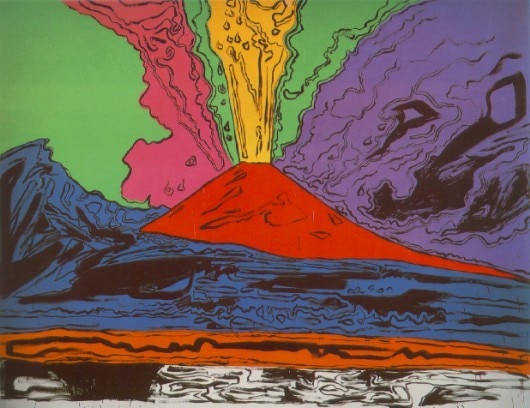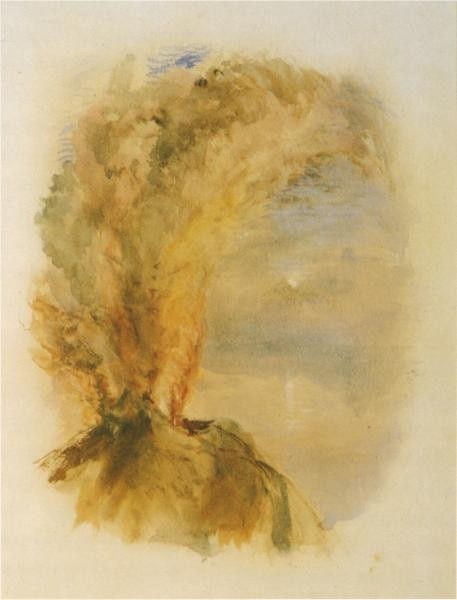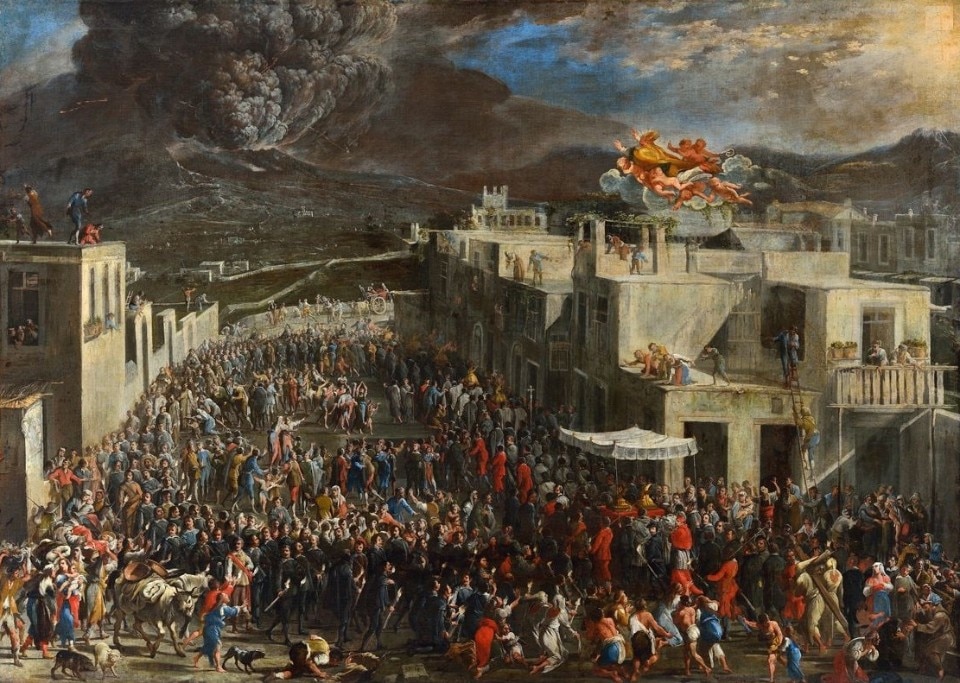Naples. 16 December 1631. Mount Vesuvius erupted in all its power.
It was a catastrophic event, with about 4,000 victims. Portici, Torre del Greco, Resina (ancient Herculaneum) and Torre Annunziata were razed to the ground. Despair, madness, death. Legend has it that the people, overcome with despair after about 17 days of continuous eruptions, decided to display the statue of San Gennaro, patron saint of the city of Naples, in front of the volcano, hoping for a miracle.
After a few hours, Vesuvius calmed down. Extreme gratitude to the saint was carved on the Royal Chapel of the Treasure of St. Januarius: “Divo Jannuario – Patrie, regnique praesentissimo tutelari – grata Neapolis”.

Micco Spadaro, born Domenico Gargiulo, a 17th-century Neapolitan painter, decided to paint the event as a further acknowledgement of the saint and his many prodigies.
The work is a mixture of genres and techniques, a naturalistic view amidst architecture separating the large crowd of people marching and celebrating the patron saint.
The vanishing lines start from the sides and end straight at the mighty Vesuvius. The procession is arranged on soft, almost concentric lines, moving, following the architecture, towards Mount Vesuvius. On the right side of the painting, almost at the corner, is a group of angels. The appearance of God, the miracle of the saint. The scene is crowded but quiet, hope dominates the place, the people, but above all the lofty volcano.

It was a difficult time for the city, which found its only salvation in its patron saint.
Vesuvius has been depicted throughout the history of art by numerous artists: Andy Warhol, John Ruskin or Winston Churchill, a fine artist who was better known as a politician.
Warhol depicts the power of the volcano through strong, contrasting and flamboyant colours. Churchill describes it by choosing the archaeological site of Pompeii as the main narrative, which somehow returns to our story, a story that takes its cue from a date, a recurrence that returns to current events with force, to the natural tragedies of this region, to the tragedy of Ischia.

This is how Italian writer and journalist Curzio Malaparte described the majestic volcano: “And there before us, swathed from head to foot in its purple mantle, we saw Vesuvius. That ghostly Caesar with his dog-like head, sitting on his throne of lava and ashes, cleft the sky with his flame-crowned brow, and barked horribly. The pillar of fire that rose from his throat penetrated deep into the celestial vault and vanished into the abyss of heaven. Rivers of blood streamed from his gaping red jaws, and earth, sky and sea trembled”.
Opening image: The eruption of the Vesuvius in 1631, Micco Spadaro (Domenico Gargiulo), 1656-1660


